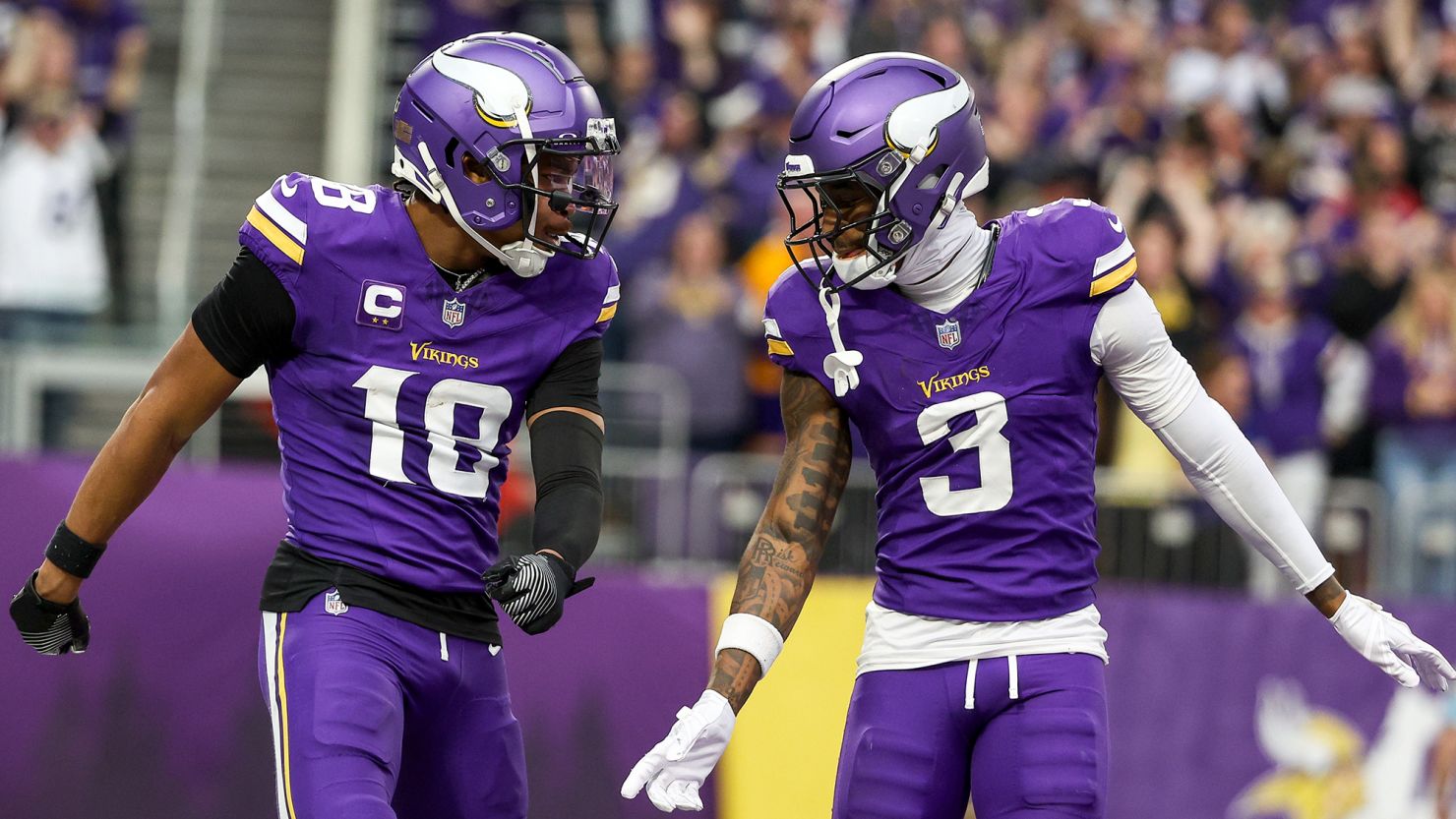What clubs, leagues, and investors must learn from the record-breaking year in European football.
In 2023–24, European football reached an all-time high in financial performance. The continent’s football ecosystem generated a staggering €38 billion in revenue, marking an 8% year-on-year increase and underscoring the sport’s resilience in a post-pandemic, digitally disrupted environment.
But beyond the headlines, this growth story is far from uniform. The numbers reveal both a widening financial gap between leagues and a shift in what’s driving revenue. For forward-thinking clubs and investors, this isn’t just a celebration — it’s a warning to adapt or risk stagnation.
Key Numbers from Europe’s Big Five Leagues
| League | 2023–24 Revenue | YoY Growth | Top Revenue Source |
|---|---|---|---|
| Premier League | €7.4B (approx. £6.3B) | +5% | Commercial |
| Bundesliga | €3.8B | -1% | Commercial |
| LaLiga | €3.8B | +6% | Broadcast |
| Serie A | €2.9B | +2% | Broadcast |
| Ligue 1 | €2.6B | +7% | Commercial |
The Premier League, true to form, remains Europe’s financial powerhouse. But the story this year is less about dominance and more about how other leagues — notably LaLiga and Ligue 1 — are adapting their models in response to broadcasting volatility and changing fan behaviour.
Commercial Revenues Take Centre Stage
Across Europe’s top clubs, commercial income is now the key growth engine.
- The big five leagues generated a collective €8 billion in commercial revenue, growing 6% YoY.
- English and Italian clubs led the way, securing high-value sponsorships and maximizing non-matchday stadium activations.
- In Italy, clubs under North American ownership reported average commercial revenue increases of 26% — a nod to U.S.-style franchise operations.
This reflects a wider trend: clubs are learning to think like global brands, leveraging digital platforms, retail strategies, stadium naming rights, and integrated B2B partnerships to unlock new revenue streams.
Matchday Income Rebounds
After years of pandemic-induced decline, matchday revenue bounced back to €3 billion, aided by:
- The completion of stadium renovations (e.g., Real Madrid’s Bernabéu, Liverpool’s Anfield Road stand)
- Rising ticket prices and stronger average attendance figures in most leagues
In LaLiga, matchday income rose a whopping 28%, with Real Madrid alone accounting for €126 million of that growth. The numbers reinforce one key point: infrastructure pays — both financially and in fan experience.
Broadcast Revenue Hits a Plateau
Broadcasting, still the lifeblood of many clubs, saw just 1% growth YoY, hitting €9.4 billion.
- The Premier League remains king, but Bundesliga, Serie A, and Ligue 1 faced stability or decline.
- Ligue 1 faces the steepest cliff, as its DAZN deal collapsed after one year — casting major doubts on future income.
The shift is clear: clubs can no longer rely on linear broadcast deals alone. They must explore OTT platforms, fan subscriptions, data monetisation, and global distribution strategies.
Financial Discipline Improves — For Now
Encouragingly, the wages-to-revenue ratio dropped to 64%, and aggregate operating profits were positive across four of the five leagues.
But challenges remain:
- LaLiga and Serie A still reported pre-tax losses of €200–300 million
- Bundesliga’s revenue fell despite strong cost control
- Ligue 1’s future is clouded by broadcast instability
The financial ecosystem is stabilising, but the margin for error is shrinking.
Strategic Lessons for Clubs, Leagues, and Investors
1. Commercial Strategy is the New Superpower
Commercial revenues are the most controllable and scalable income stream. Clubs must:
- Build global brand identities
- Create D2C fan monetisation funnels
- Activate stadiums beyond matchdays
- Forge strategic partnerships aligned with culture and community
2. Infrastructure is Destiny
Clubs that invested in stadium redevelopment — Real Madrid, Liverpool — are now reaping the rewards. Every CEO should ask: Is our venue a 365-day asset or a 90-minute product?
3. Broadcast Future is Fragmented
With streaming deals collapsing and traditional rights plateauing, expect:
- Tiered content offerings (e.g., highlights, youth games, behind-the-scenes)
- In-house club productions
- Partnerships with tech platforms and telcos
4. Internationalisation is No Longer Optional
From U.S. ownership in Italy to Saudi money in transfers, the next phase of growth will be cross-border. Clubs must embrace:
- Overseas academies
- Off-season tours
- Market-specific merchandising
- Localised social media and influencer partnerships
5. Leadership is the Differentiator
Financial success now depends as much on the boardroom as the dressing room. Owners must combine:
- Strategic foresight
- Data literacy
- Community sensitivity
- Global business acumen
How Mid-Tier Clubs Can Win in This Landscape
If you’re a mid-sized club outside the traditional elite, this is your moment.
Here’s your action plan:
- Build a modular commercial offering tailored to local and regional sponsors
- Invest in your stadium or digital infrastructure, not just players
- Package your club as a lifestyle product, not just a football team
- Capture international diaspora markets through digital-first engagement
- Benchmark wage growth to revenue uplift, not sporting pressure
In short: treat your club like a modern entertainment company.
At 365247 Consultancy, we work with clubs, leagues, investors, and brands to design commercial and operational strategies that turn football organisations into sustainable, scalable, and culturally powerful businesses.
Book your introductory call here.
Join the 365247 Community here.
Sources: Deloitte Annual Review of Football Finance 2025
IMAGE: AP


